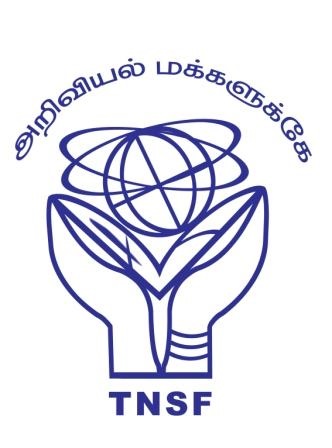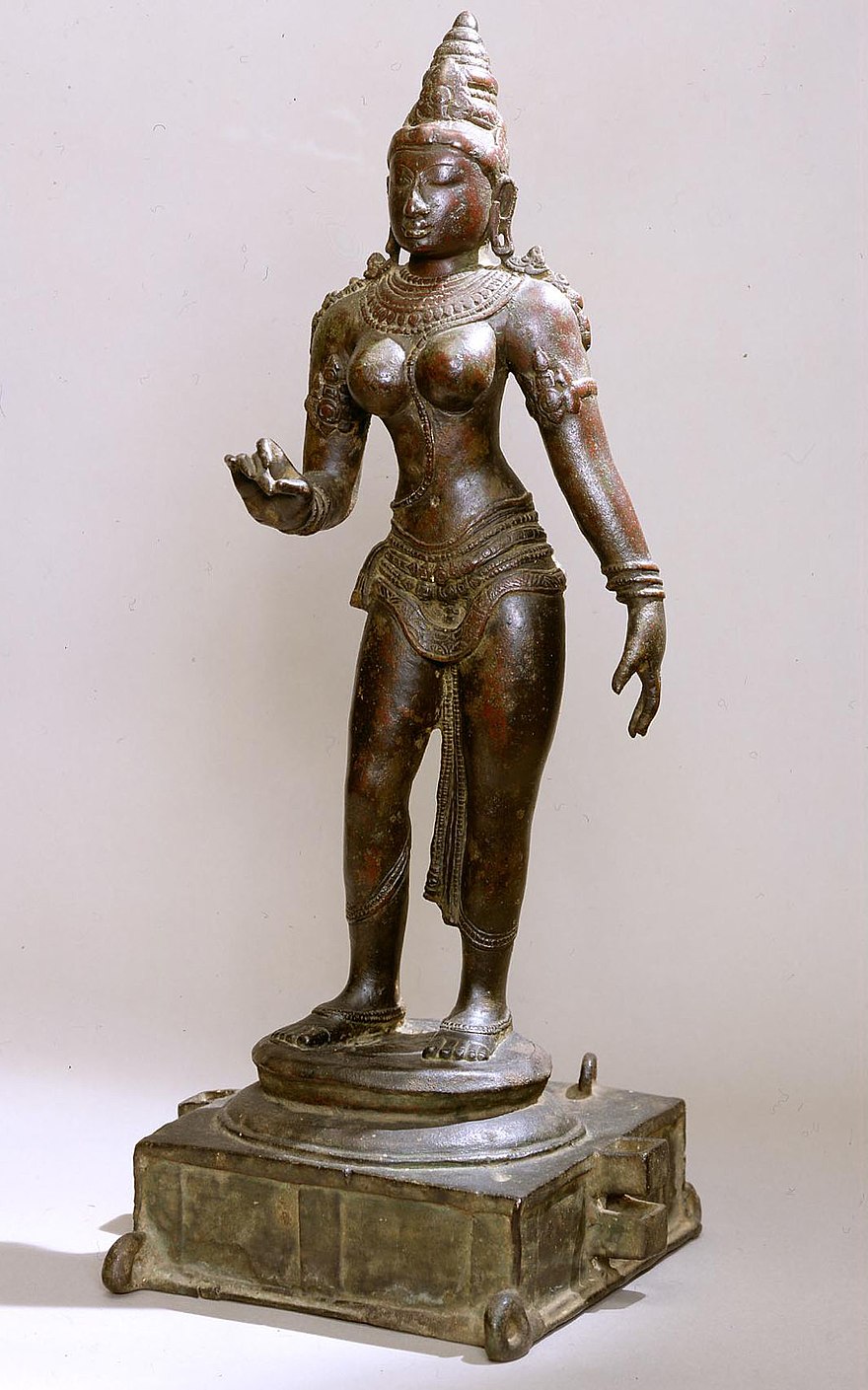About Program

This is part of its efforts to popularize science to the General Public and Students who are pursuing science as their career. TNSF attempt to focus on students on higher science as everyone knows
that learning of science at college within the curriculum is not enough to acquire holistic knowledge of science at the appropriate time. Hence, to fill the gap between what students are acquiring through the curriculum and what
it is required, TNSF is planning its activities on higher science to students who are pursuing higher education.

In an era preceding the Renaissance, the early medieval Tamil Chola bronzes in several interesting ways represents a remarkable synthesis bringing together
aspects of art, technology, devotional poetry, dance and philosophy. From a study of the metal technology of south Indian icons made by the author
using technical finger-printing methods of lead isotope ratio and compositional analysis on around 130 icons from leading museums in India and the UK,
it was possible to explore some issues of the chronology, provenance and art historical classification of south Indian metal icons ranging from the early
historic to late medieval period, including the Pallava, Chola, Vijayanagara and Nayaka periods of the Hindu, Buddhist and Jaina
affiliations (Srinivasan 1996, Arc1999). Insights from continuing metal icon casting traditions as observed at Swamimalai in Thanjavur district,
The talk touches upon some of the implications for the background of mining and metallurgy in south Indian antiquity and as well as aspects of exchanges
and cultural interactions such as with Southeast Asia, Sri Lanka and West Asia (Srinivasan: BAR 1999, JOM 2016). From preliminary archaeo-astronomical
studies done by the author in collaboration with the eminent late astro-physicist Nirupama Raghavan and from observations of rituals at the Chidambaram
temple in Tamil Nadu where the Nataraja bronze is worshipped, it was speculated (Srinivasan 2006, 2011, 2016) as to whether there may have been some
influence on iconographic aspects from stellar observations such as the star positions around Orion and the crab supernova which exploded in 1054 and
was observed in many parts of the world, most notably in China.